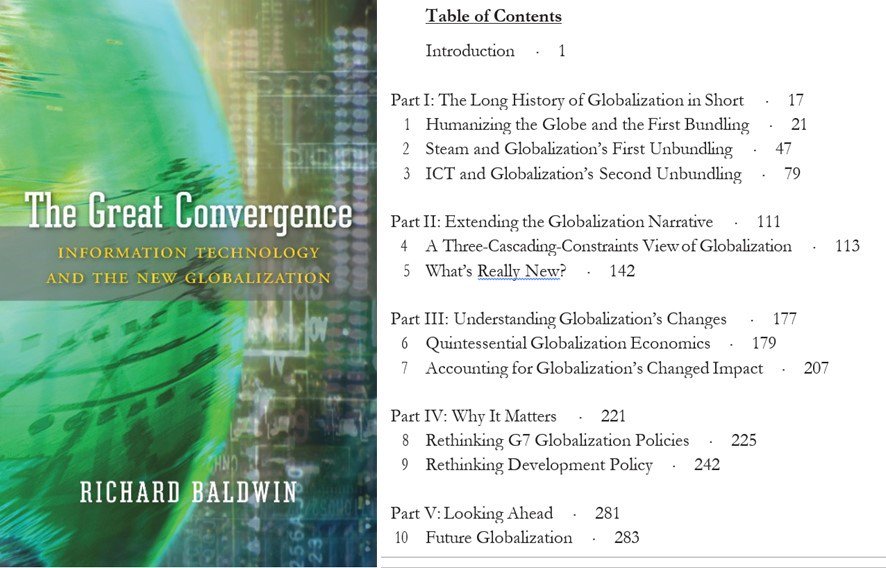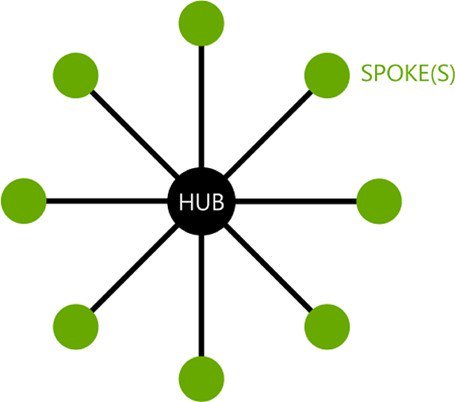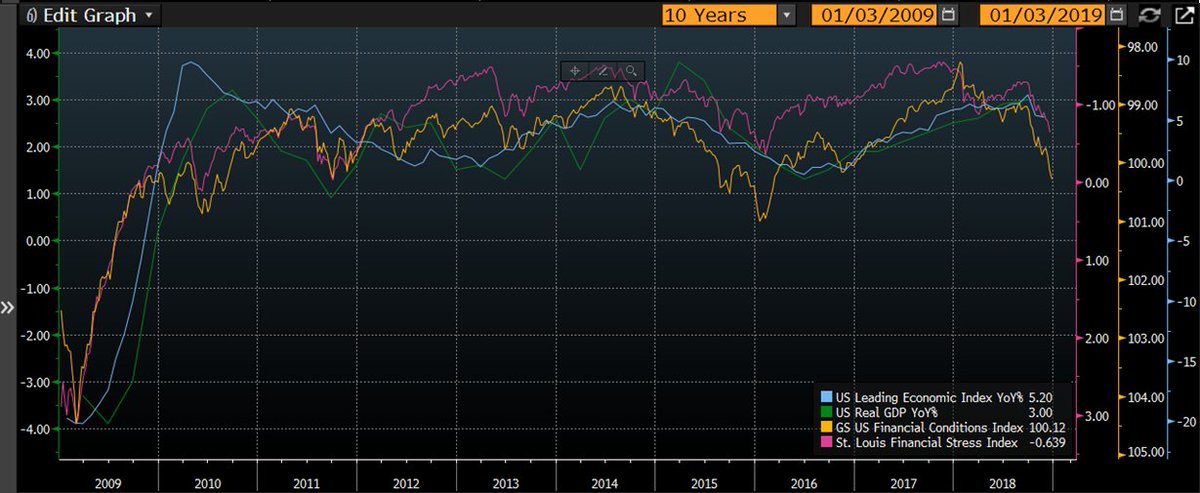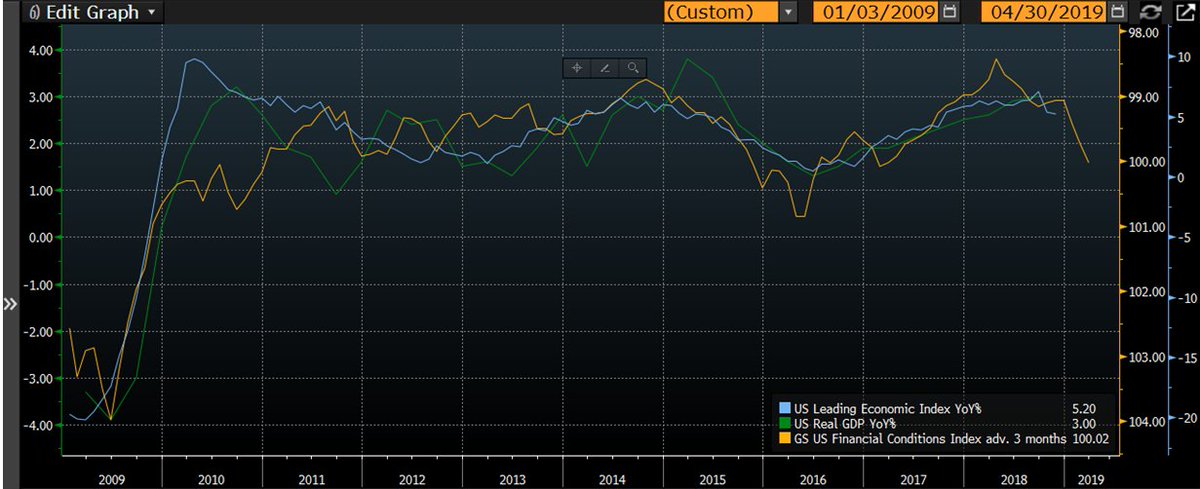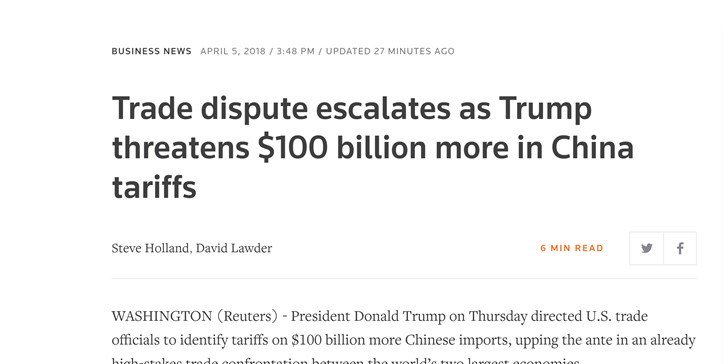
- Will US tariffs lead manufacturing stages to be rebundled? (i.e. will tariffs undo global value chains?)
- Will the rebundling take place in US or abroad?
- Will the rebundling inside the US create jobs for US workers or US robots?
1) Raising US trade barriers will NOT stop offshoring of US knowhow by US companies seeking to combine high-tech with low wages in China and elsewhere.
- This is what enable the global value chains in the first place, and tariffs won’t undo it.

Thus:
–Some manuf shifts to US for sales to US market;
–Some US manuf shifts to US foreign affiliates for non-US sales.
BTW, this is what happened with US tried to fight Japan on semiconductors in 1980s & 1990s – most memory chip production shifted to Korea.
|
US workers are competing with robots at home & China abroad. The fight is not going well for them, but US situation is not unusual (see chart).
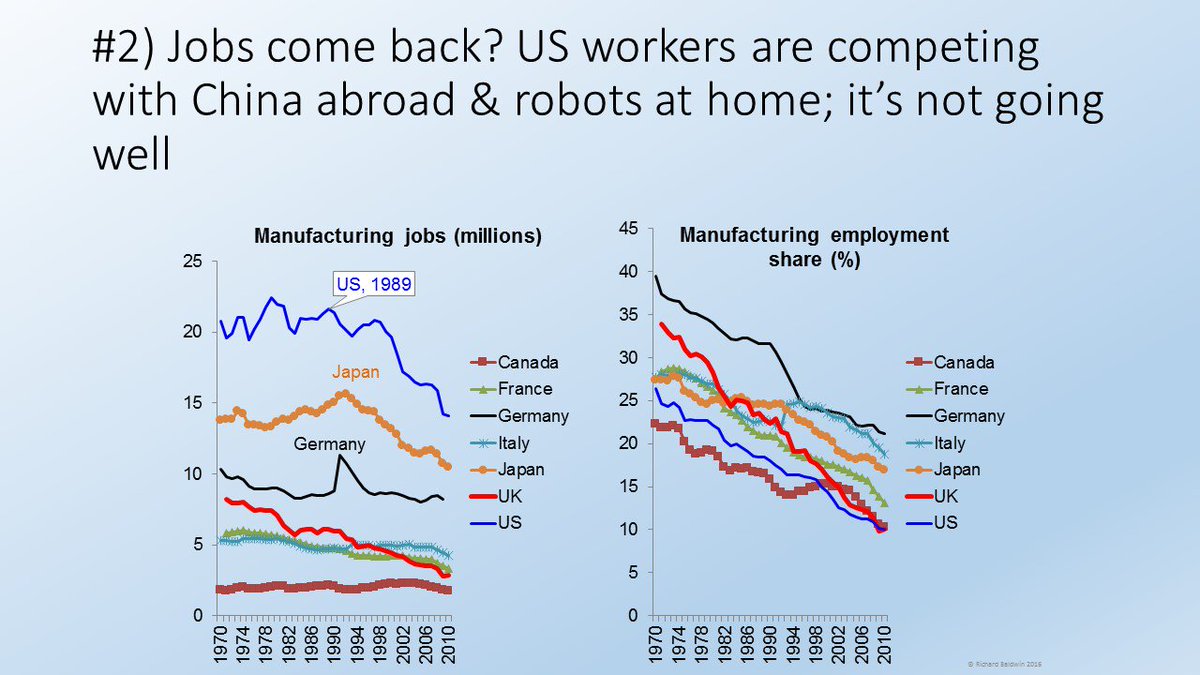
•Economic logic lots of jobs for robots, few jobs for US workers (try to spot the workers in the photos of these 21st century factories).

